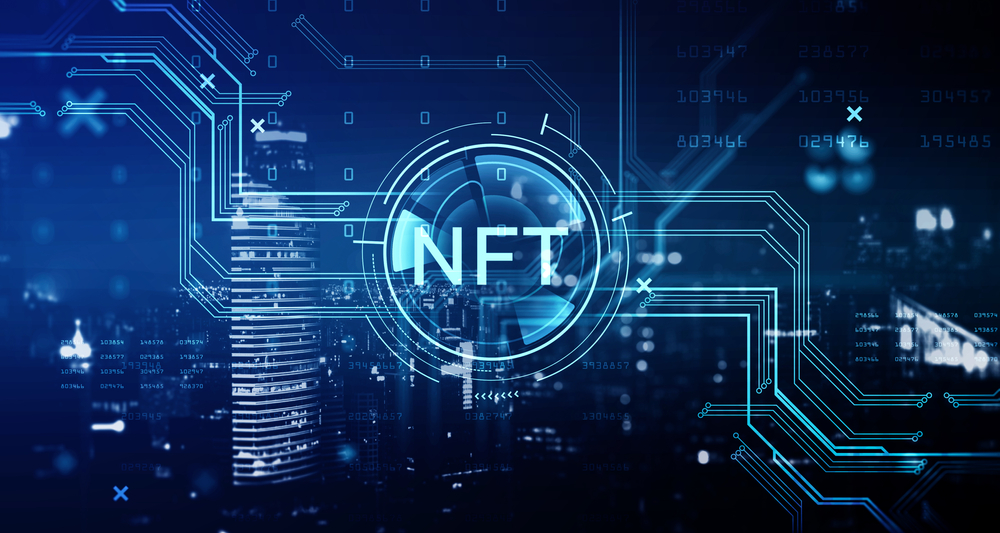Fungible tokens like Bitcoin and Ethereum have dominated the crypto world for quite some time. But non-fungible tokens, popularly known as NFTs, have started gaining traction. These tokens are unique and have several use cases, like proving ownership of digital and real-world assets.
As the demand for NFTs continues to grow, several blockchains, including Polygon, are providing a platform for Web3 enthusiasts to create these digital assets and for entrepreneurs to develop NFT marketplaces.
Understanding the Polygon Blockchain
Polygon is a sidechain of the second-largest blockchain Ethereum. The network employs the proof-of-stake consensus mechanism in validating transactions. Besides providing interoperability and security, Polygon offers faster and cheaper transactions than Ethereum. That explains why some NFT creators are shifting from other networks to Polygon.
How to Create Free NFTs on Polygon Blockchain
NFT marketplaces that support Polygon NFTs, like Rarible and OpenSea, provide functionality for creators to mint these tokens at no cost. So how does one go about it? First, a creator picks the file to be converted into a non-fungible token. It could be a song, an image, or GIF. Once the file is uploaded on Polygon, one must ensure they have enough MATIC on their self-custody wallet to cover any transaction fees. After the file is converted into NFT, it’s time to upload it to a marketplace that allows Polygon NFTs. To do this on OpenSea, click the ‘Free Minting’ button on the platform and authorize the minting. After that, the NFT will be listed for sale on the marketplace.
Since the creator’s crypto wallet is connected to the trading platform, when a user purchases their NFT, funds a deposited directly into their wallet, and the NFT is automatically transferred to the buyer.
How to Buy NFTs on Polygon
To purchase a non-fungible token on the Polychain blockchain, you first need to select a marketplace. Besides Rarible and OpenSea, you can pick TixHive, Candy Shop, Hold My Moon, and Floor. After choosing a trading platform, the second step involves connecting your crypto wallet that supports Polygon. You can use MetaMask or Trust Wallet. Once done, you can explore the marketplace, pick your desired NFTs and add them to your cart. To execute the transaction, click the ‘Complete Purchase’ button. The wallet window will then pop up, asking you to approve the fund transfer.
How to Sell NFTs on Polygon
When you participate in a mint on OpenSea or any other marketplace, you will find the minted NFT under the ‘My Collection’ tab. Do you want to list it for sale? Here is how you do it:
On the My Collection tab, click the ‘Sell’ button, set your selling price and review all fees that may be applicable on the completion of the sale. Click the ‘Listing’ button to confirm. After that, you will be redirected to the connected crypto wallet and asked to switch the wallet’s network to Polygon. Once done, a confirmation message regarding the listing will appear in case OpenSea accepts your NFT.
How to Find Polygon NFTs on OpenSea
OpenSea, the largest marketplace by trading volume, is primarily known for supporting Ethereum NFTs. However, it allows users to purchase and sell non-fungible assets built on Polygon, Solana, Arbitrum, and Klaytn.
So how do you spot a Polygon NFT on this multichain NFT platform? It is simple. Polygon NFTs usually have the blockchain’s logo in the top-right corner. You can also use the ‘Filter’ option to view only Polygon-based NFTs.
As of this writing, there are more than 40 million Polygon non-fungible tokens on OpenSea listed under various categories, including collectibles, sports, music, trading cards, and photography. Some of the popular Polygon NFTs available on OpenSea include the Archeworld_Land, League of Kingdoms Drago, Galxe OAT Polygon, and many more.
By availing a wide range of NFTs for users to select those within their budget, OpenSea offers a convenient way for newbies to purchase their first digital art.
